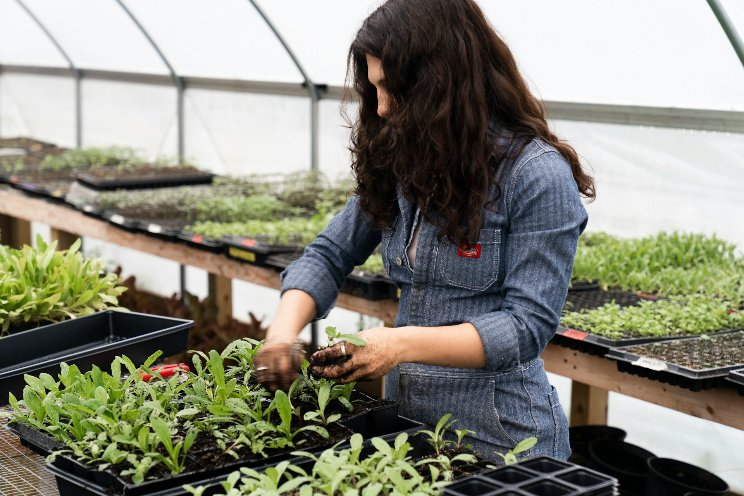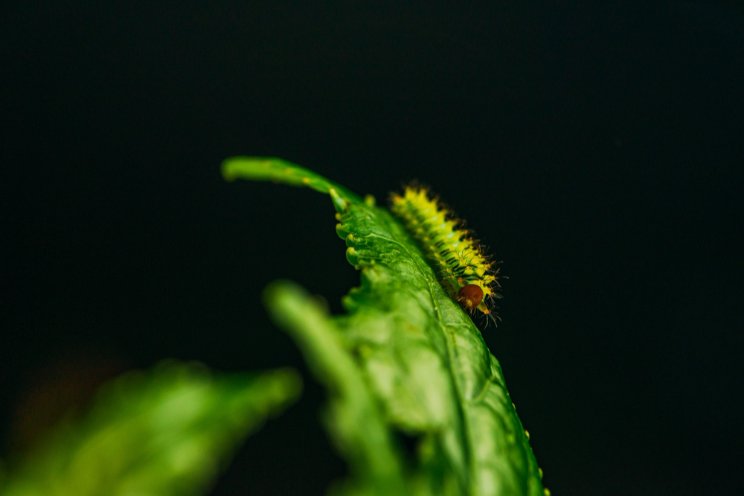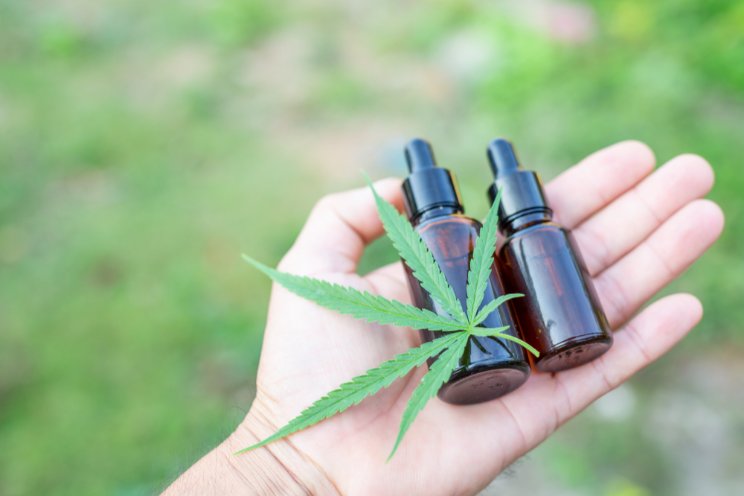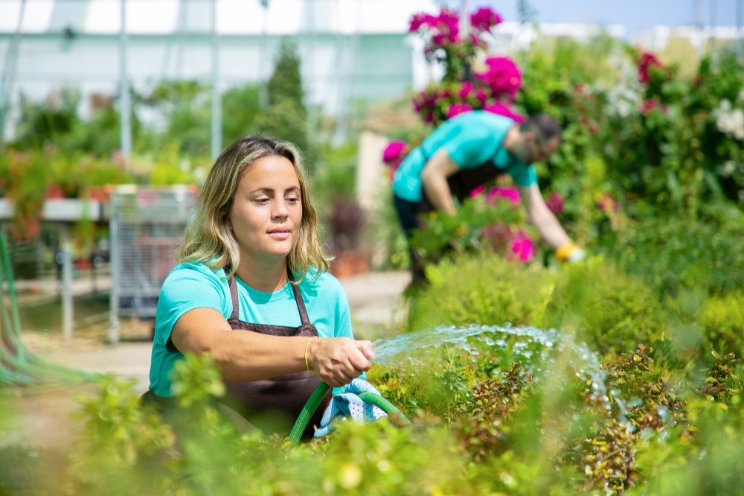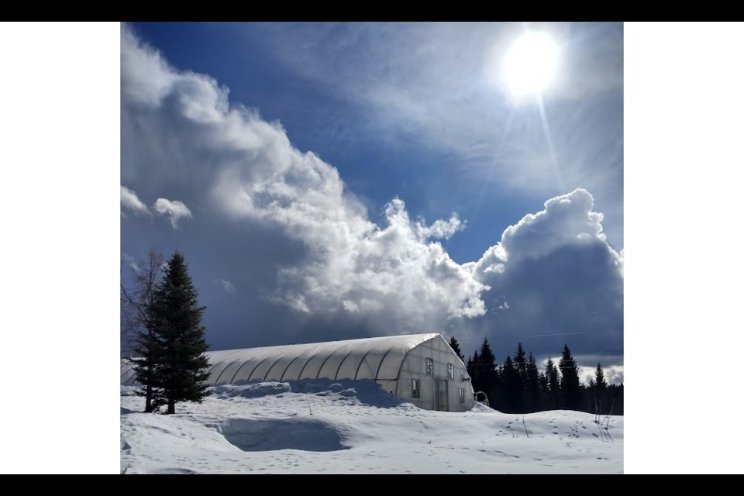Autonomous growing yields positive results in Ontario
Added on 08 March 2023

In 2021, three grower members of the OGVG were chosen to test the technology. One large, one medium-sized and one smaller greenhouse company were selected for the project. The project was part of the Greenhouse Competitive and Innovation Initiative, delivered by the Agricultural Adaptation Council and funded by the Ontario Ministry of Agriculture, Food and Rural Affairs (OMAFRA).
“We started to cooperate with OGVG to bring our vision and our approach, but also our service, Crop Controller, to Ontario,” says Ronald Hoek, CEO and founder of Blue Radix. “There are many parallels between the Dutch greenhouse industry and what’s happening here.”
The Crop Controller system optimizes and realizes the grower’s own unique crop strategy autonomously. During the entire growth period, AI continuously uses all available data from greenhouse sensors, climate boxes and meteo-data providers to forecast and optimize the climate according to the grower’s cultivation planning.
“One of the advantages of this approach is forecasting. The system forecasts the best possible climate for the greenhouse for three days ahead. This is unique and is very valuable for the grower. It means the system can work pro-active instead of the traditional, more reactive way of growing,” Hoek explains.
Niki Bennett, innovation, adaptation, and plant protection lead for the OGVG oversaw the project. She says the OGVG has been researching different types of automation for greenhouses for a long time, including being able to better automate the climate computers and getting them connected better with irrigation and sensors, as well as having the system work together better overall.
“A grower will often fiddle with the climate computer, and a very experienced grower will be able to tell the changes and make those small changes with relatively good success. A less experienced grower is not going to be able to keep the crop in the same range,” Bennett says.
This is where Blue Radix’s Crop Controller comes into play.
“They’ve had a fair bit of success in the Netherlands infusing it and having it help growers better maintain the crops. So, we wanted to see how that would translate in Canada,” Bennett says.
“We believe that a grower will always be there to set the strategy to state where he wants to go, and that’s the power of the human – putting creativity to the task to improve results further and to think about new improved crop strategies. And also, to translate the agreements they have with the retailer and their marketer into concrete targets for them,” Hoek adds. “We don’t tell the grower how they should grow their tomatoes, bell peppers or cucumbers. We help them to structure their crop strategy. We help them to optimize their crop strategy so they can get a better result out of it. But most importantly, we are executing their crop strategy autonomously without human interference.”
Another reason for the Crop Controller project was to identify barriers to the use of autonomous technologies within the greenhouse sector.
“What were the barriers that were keeping growers from using systems like this? Because, from the OGVG position, we keep hearing from growers how automation and technology are super important. But we’re not always seeing them being adopted in the same way, or at the same level as their interest would suggest,” Bennett says.
Blue Radix had its own questions to answer in the project, bringing this service to Canada.
“With Crop Controller, are there specific things that we have to adjust in the system to make Crop Controller applicable in Canada, where the weather conditions are different?’” Hoek asks.
That question has answered itself since Crop Controller became commercially available in late 2021. It is currently successfully in use in a wide variety of climates across 15 different regions around the globe, including in Ontario.
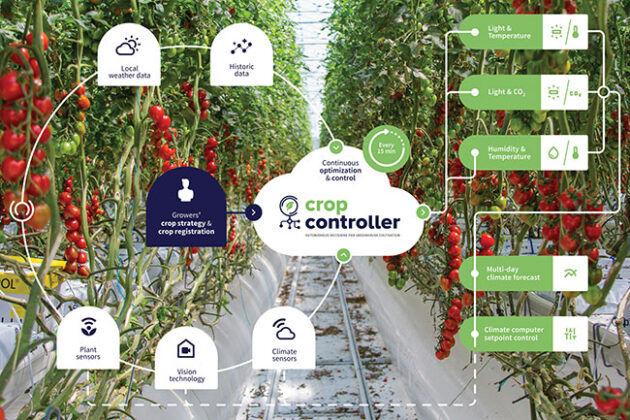
Crop Controller became commercially available in late 2021 and is in use in a wide variety of climates across 15 different regions around the globe, including in Ontario.
Data concerns
The key barrier that the OGVG discovered to the adoption of technologies like this one in Canada was related to the data collected. Growers have questions and concerns regarding who owns the data (and for how long), data storage, access to the data, service cancellations and if the data can be sold.
“Growers collect a lot of data, and they’re very confidential about it, because it’s essentially their secret sauce to how they grow. So, they’re worried that if they’re using companies that have access to their data, or are helping them generate data, that they’re going to have ownership rights, and what are those ownership rights? What if I change [services] and then I don’t have access to years of data, for example,” Bennett explains.
To help alleviate growers’ concerns about data ownership, the OGVG is in the process of adopting Dutch-styled plain language data contracts. Implemented by The Netherlands, these contracts offer clear answers to growers regarding data ownership, sharing, term limits and other concerns. This process is helping alleviate grower concerns and increase the uptake of these kinds of technologies.
“In the Netherlands, they have data contracts that can be used between industry members to lay out the terms more clearly – who owns the data? For how long? What happens when I no longer want to use your services? Who owns the data then? Do they still get access? Who gets access? Things like that,” Bennett says. “In order to clearly lay that out, knowing that growers are not experts, necessarily, in this regard, and making sure that people’s expectations are clearly laid out, that was identified. That’s in development – how we could implement something like that for growers to help them get a better sense, because it seems to be one of the bigger hurdles in them adopting any technology.”
Bennett says one of the advantages of Blue Radix’s Crop Controller is that the data generated by the technology is entirely in the hands of the individual grower. The data ownership remains with the grower and the data is solely used to benefit the grower and its greenhouse company.
“It’s about what their goals are, not about what the Blue Radix’s goals are. The company isn’t trying to sell them that there’s one way to do it or anything like that. That’s helpful because growers are also a little hesitant to feed into an algorithm that is going to be bolstering their competition. It wouldn’t allow them to keep their competitiveness or increase that competitive edge,” Bennett explains.
Age factor
Bennett is hopeful that more growers will adopt more autonomous technologies like Blue Radix’s Crop Controller to help manage the shortage of new growers entering the industry.
“The average age of growers continues to go up. And unfortunately, the number of young growers coming into the sector is not keeping up,” she says. “Solutions like this will allow growers to maintain larger acreage and oversight of greater acreage, which is helpful as we transition to more automation.”
Positive results
The project wrapped up in early 2023 and the growers are quite satisfied with the results, although it’s sometimes challenging for growers to change personal habits.
“It takes a little bit of onboarding time to get everything started, which is why Blue Radix asked for a six-month commitment. Growers have been pretty happy,” Bennett says. “They have been able to get climate profiles for the coming days, calculated by algorithms. Those climate profiles based on the algorithms that were generated from Crop Controller, were based on what the grower data was. They had basically trained the Crop Controller based on what they did, using the data they have. They were able to set their strategy and leave the execution, including setting the climate computer to Crop Controller.”
After the onboarding and training of the algorithms, growers could have Crop Controller steer the climate autonomously, without human interference.
“What that means is that they’re going to be able to do it without any hands-on tools. It is able to do it by itself. There’s a fair amount of trust in that, which is always tricky. But they have been able to show that they’re able to continue to steer the crop climate totally autonomously, being able to hit the checkpoints and being able to open up growers’ time so that they can take care of other issues as they pop up. I would say it’s a pretty successful program, mostly because it allows growers, in my opinion, to better utilize their time,” Bennett says.
In the future, Hoek sees Blue Radix expanding its services to assist growers in other capacities.
“We envision that we are going forward to an eco-system with partners where also pest management, and the choices you make in terms of labour, will be done by an algorithm that can make those trade-offs with all the data that is available. Together, we are going forward to create an A.I.-driven ecosystem in the greenhouse,” he says.
To learn more about Blue Radix’s Crop Controller, visit blue-radix.com.
Source: Greenhouse Canada
All Photos Courtesy of Blue Radix
More news
